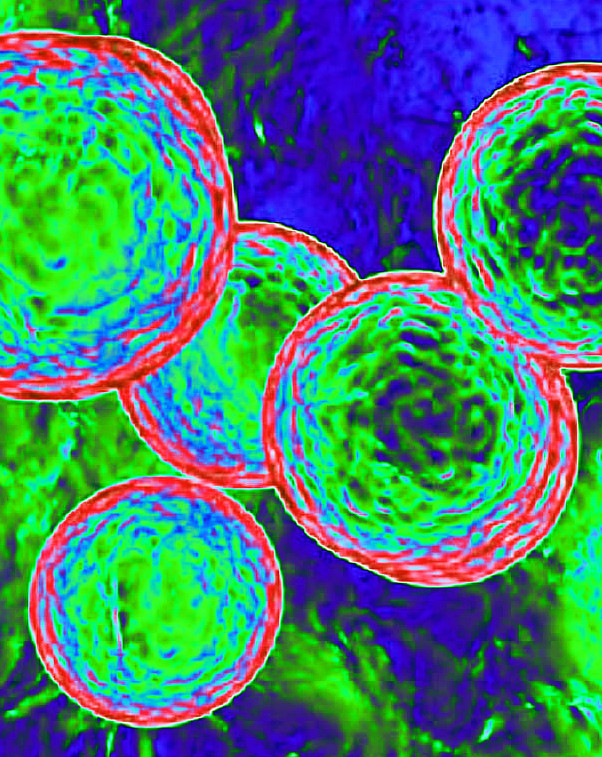Cells turned transparent
 Scientists have turned human cells transparent.
Scientists have turned human cells transparent.
Researchers in the US have engineered human cells that are capable of controllable and reversible transparency, which could allow clearer imaging of process taking place inside.
Many types of cephalopods including squid are capable of changing how their skin transmits, absorbs and reflects light, which can be used for the purposes of camouflage.
The female Doryteuthis opalescens squid also uses this mechanism to avoid acts of aggression by switching a stripe on its mantle from nearly transparent to white.
The process is controlled by cells that contain proteins called reflectins, which can alter the optical properties of the cell.
Inspired by these adaptive skin cells, researchers at the University of California set out to design and engineer human cells that are capable of controllable and reversible transparency.
They selected human embryonic kidney cells and engineered them to express the protein reflectin A1, found in the mantle of D. opalescens.
They then studied whether the expression of the squid protein affected the human cells’ interaction with light and whether these properties could be controlled. Using different concentrations of sodium chloride solution in laboratory experiments, they were able to alter the levels of transparency of the engineered cells.
The authors say their findings may improve understanding of a wide range of biological systems, by allowing clearer imaging of processes taking place inside living cells and tissues.
More information is accessible here. The transparent cells can be seen in the video below.







 Print
Print